Among the many benefits of America’s federal system is that states can experiment with different policies and learn from others’ successes and failures to formulate better policies of their own. When it comes to economics, arguably no place generates more such experiments—and more such failures—than the lab in Sacramento. This time, it’s the state’s new minimum wage law, which went into effect on Monday (April Fool’s Day, naturally) and mandates a 25 percent increase—from $16 to $20 per hour—in the base pay for employees of qualifying “fast food restaurants” (i.e., chain restaurants with counter service and more than 60 nationwide establishments). Even before the law went into effect, it was mired in controversy because it excluded restaurants with in-house bakeries—a narrow category that appeared to apply to only Panera Bread, a major franchisee of which is a close associate of (and big donor to) California Gov. Gavin Newsom. The Panera exclusion has since been repudiated by everybody, including the governor, the franchisee—which says it will pay the new $20 rate—and the state’s new “fast food council,” which the law established to set wages and conditions at fast food restaurants. (What could go wrong?!)
The exemption’s mysterious genesis remains comically interesting, but for today’s purposes it’s the law’s economic effects that we’ll scrutinize. And if the latest research and headlines are any indication, PaneraGate might be the law’s high water mark.
Sorry, But Trade-Offs Still Exist
We first reviewed the minimum wage debate and relevant academic literature three years ago, and the issue gets a nice refresher in my Cato colleague Ryan Bourne’s excellent book, The War on Prices, which comes out next month and is a one-stop shop for all things price related (inflation, rent/price controls, etc.). The minimum wage issue gets two book chapters, with the first from University of California-San Diego economist Jeffrey Clemens on the myriad workplace trade-offs—not just aggregate jobs—associated with state and local wage laws. As Clemens notes, “studies of large minimum wage increases [me: like the one in California] regularly find evidence that those increases result in substantial job losses, especially for the least-skilled, least-experienced, and least-productive workers.” But there are many other labor market “channels” through which wage controls might act. In particular, studies show that employers often adjust in response to new minimum wage laws via—
- Reductions in the amount or quality of fringe benefits, such as employer-provided health insurance and employee discounts;
- Reductions in amenities like schedule flexibility, vacation/sick days, training opportunities, safety provisions, or workplace aesthetics—all in ways that reduce employers’ costs but also make work a little less pleasant for employees;
- Increases in performance requirements (higher production targets, shorter break times, etc.) to get more output from each employee hour worked;
- Efforts to avoid minimum wage laws, either lawfully (e.g., by keeping employee count below a threshold that triggers the mandate) or unlawfully (e.g., by systematic underpayment);
- Changes in hiring patterns, replacing lower-performing workers with higher-performing ones—often doing this via imprecise proxies for worker quality like age or credentials; and/or
- Reductions in work hours, especially for new or inexperienced workers.
Clemens concludes that any proper evaluation of minimum wage laws must account for these often-invisible trade-offs too, not simply look at whether mandated pay hikes reduce the total number of jobs in an affected jurisdiction. (This might make obvious sense to you and me, but discussions of the minimum wage far too frequently paint the issue as a simple choice between fewer jobs and higher earnings.)
In a separate chapter of the book, San Diego State University economist Joseph Sabia looks at whether minimum wage laws alleviate poverty and finds limited scholarly evidence in support of that common assertion—especially since the Great Recession (which featured larger and more frequent wage hikes). After digging through various methodological issues that are too wonky for even this newsletter, Sabia points to two reasons commonly cited in the literature as to why minimum wages are ineffective anti-poverty tools: 1) echoing Clemens, minimum wage increases “reduced employment and hours worked for less experienced, less educated, low-skilled workers”; and 2) relatively few low-income Americans are working minimum wage jobs (e.g., “less than 10 percent of individuals living in poor families were minimum wage workers”). He adds that, based on his own research, minimum wage increases also tend to reduce states’ economic output (GDP), “especially in industries with relatively higher shares of low-skilled workers, such as retail, wholesale trade, and manufacturing,” thus making the laws “as likely (if not more so) to increase poverty as they are to reduce it.”
Finally, Sabia explains that wage increases are often passed on to consumers via higher prices and, when affecting necessities like food, can disproportionately harm poor consumers who have tighter budgets, further undermining the poverty-alleviation thesis. I explored this back in 2021 too, noting that “one recent study found that McDonald’s restaurants passed on (through higher food prices) almost 100 percent of higher minimum wages, thus reducing workers’ ‘real’ wage gains once the higher cost of living is considered.” Other recent research has found similar effects for non-chain U.S. restaurants. In recently criticizing the California law (and critiquing recent research supporting minimum wage hikes), the Hoover Institution’s David Neumark, another minimum wage expert, concludes much the same: “research shows that [the law] will raise fast-food prices and suggests these price increases are borne disproportionately by low-income families.”
So, What Now in California?
It’s obviously too early to assess definitively the effects of California’s new minimum wage law, but—based on various reports from local and national media outlets—California-based businesses’ initial moves show many of the aforementioned trade-offs. Here’s a list of what I could find quickly:
- Pizza Hut and Round Table Pizza franchisees “have said they plan to lay off around 1,280 delivery drivers this year, according to records that major employers must submit to the state before large layoffs.” Papa John’s has done the same. Many restaurants are “discontinuing delivery services entirely” or “shifting to outside delivery services because of rising costs.”
- The owner of two Vitality Bowls restaurants in San Jose “now runs his stores with two employees, versus four workers that he typically used in the past”; as a result, “it takes longer to make customers’ açaí bowls and other orders, and [the owner] is also raising prices by around 10% to help cover the increased labor costs.”
- Other California restaurant operators are “reducing hours, closing during slower parts of the day or serving menu items that take less time to make,” and they’re “turning down opportunities to open new locations in California and looking at expanding in other states instead.”
- Many are embracing automation. For example, “California-based El Pollo Loco told investors this month it was automating some of its salsa-making as it grapples with anticipated wage inflation of 12% to 14% this year, largely because of the minimum-wage increase. Jack in the Box is testing fryer robots and automated drink dispensers to reduce the burger chain’s labor needs.”
- The owner of several Auntie Anne’s and Cinnabon restaurants in California said that, thanks to almost $500,000 in new annual labor costs, he’s “reduced his staff by about 10,” brought in his 73-year-old parents to help out, and also “turned down a recent offer to add a location in a waterfront tourist area in San Francisco.”
- McDonald's, Chipotle Mexican Grill, Jack in the Box, Wingstop, and other chains also say they “plan to raise menu prices to compensate for the required wage increase.”
These are only the seen (technically “spoken” but, whatever) costs—and just the ones we’re seeing (hearing) so far. As Clemens explains in his chapter, many of the adjustments that employers will make in response to California’s minimum wage law will be difficult, if not impossible, to detect, especially in the short term. The other unseen adjustment, CNBC notes in its writeup, is how other businesses in California respond to the law:
The law won’t directly touch other restaurants in California — small coffee chains, mom-and-pop diners and upscale steakhouses — but they still could have to adjust their pay as they compete for the same employees. And industries that rely on hourly workers, such as retail and hospitality, may also face pressure to match their wages or risk losing their employees.
“I think we are going to see spillover effects within food service, but beyond that, we should expect to see spillover effects to other industries that are competing for this talent,” Daniel Zhao, lead economist for career site Glassdoor, told CNBC.
This, of course, might be good for affected workers now making California’s minimum wage, but it again depends on what else those same businesses—and their customers—do in response to the higher wages the state of California is indirectly pushing these businesses to pay. If it means higher food prices, fewer hours, fewer amenities, or even no job at all, then the new fast food law could make most of the affected California workers worse off, not better, overall.
Meanwhile, in Other Laboratories …
If other places’ recent experience with big minimum wage hikes is any indication, California businesses and workers are in for a bumpy ride. In Seattle, for example, a municipal ordinance raising delivery driver pay from $20 to $26—just a little more than the 25 percent increase mandated by California’s fast food law—pushed delivery app companies to add a $5 “regulatory response” fee to cover the additional costs, while “news stories started popping up of $26 coffees, $32 sandwiches, and $35 Wingstop orders.” Faced with these prices, Seattle consumers stopped using the apps: “Uber Eats experienced a 30-percent decline in order volume in the city, while DoorDash reported 30,000 fewer orders within just the first two weeks of the ordinance taking effect.” This reduction in demand, in turn, meant less work and ultimately lower earnings for area delivery drivers, less revenue for local restaurants that relied on delivery business, and fewer options for elderly and disabled consumers who couldn’t easily pop over to the local store instead of ordering delivery. To top it all off, the Seattle City Council decided to fund enforcement of the new law with—you guessed it!—another delivery fee. I’m sure that will work out just great.
If you think that’s bad, well, Minneapolis’ new minimum wage law for rideshare drivers might prove to be even worse. The city council there recently overrode a mayoral veto to require rideshare companies to pay drivers the city’s $16/hour minimum wage. According to the mayor, however, the mileage-based formula the city council used would guarantee almost double that amount, and in response both Uber and Lyft have announced they’re ceasing to operate in Minneapolis as of May 1, 2024, because the law would make their business unsustainable. ("The rideshare services say that user prices would double if they stayed in the city.") Now, the mayor and Minnesota’s governor—both Democrats, by the way—are scrambling to revise or override the ordinance before the companies’ deadline. If the companies did leave, that’d mean 10,000 drivers out of work—jobs that, as we’ve discussed, aren’t easily replaced with traditional employment because of their flexibility.
Finally, there’s Washington, D.C., which last May began increasing the “tipped minimum wage”—one lower than the standard minimum wage that mainly applies to restaurant workers—to gradually match the district’s standard wage floor (now $17/hour). Since the mandate was implemented, the New York Times reported last month, the D.C. restaurant scene hasn’t imploded but has seen restaurants hurting financially, truncating business hours, repurposing staff instead of hiring new people, hiring only experienced workers (to avoid training), or raising prices to cover increased labor costs (with D.C. customers cutting back in response).
Many workers, moreover, are actually earning less overall, thanks to the aforementioned changes and the “service charge” that many D.C. restaurants started applying to cover the higher minimum wages they’re now paying servers. Here are three telling examples in the Times report:
- “Noelle Phan, a server at a high-end cocktail bar, said her paycheck has shrunk by about $300 a week. The bar has added a 20 percent service charge, which she believes discourages tipping. It has also started offering contactless ordering through a QR code, so her hours have been reduced.”
- “Beatriz Pacheco, a busser at a high-end restaurant near the White House, said that since a 20 percent service charge was added last year, her weekly paychecks have fallen by a few hundred dollars. The owner, she said, won’t reveal how the money is spent.”
- “Nada Elbasha, a bartender at a restaurant without a service charge, said that because those charges are so prevalent, people often don’t tip because they assume a fee has already been added.”
If there is a bright side to the whole mess, the Times adds, Washingtonians might finally be awakening to the real-world trade-offs imposed by the wage mandates they support:
Washington diners—many of whom voted to raise wages at a time when just about everything is getting more expensive—are likely to be left with a tough choice.
“You want workers to make enough to live, obviously, but you also want to go out and have a good time without breaking your bank,” said [one diner]. “It is a sad situation all around.”
It’s a sad situation, indeed. Though maybe not for the reason that diner thinks.
Chart(s) of the Week
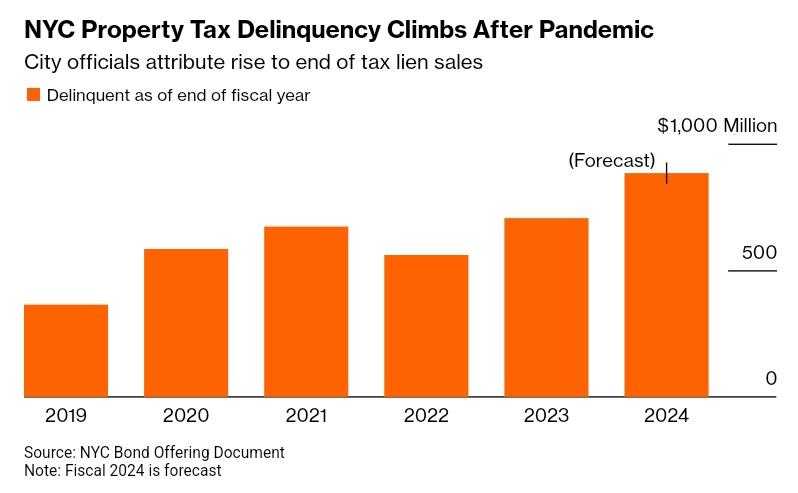
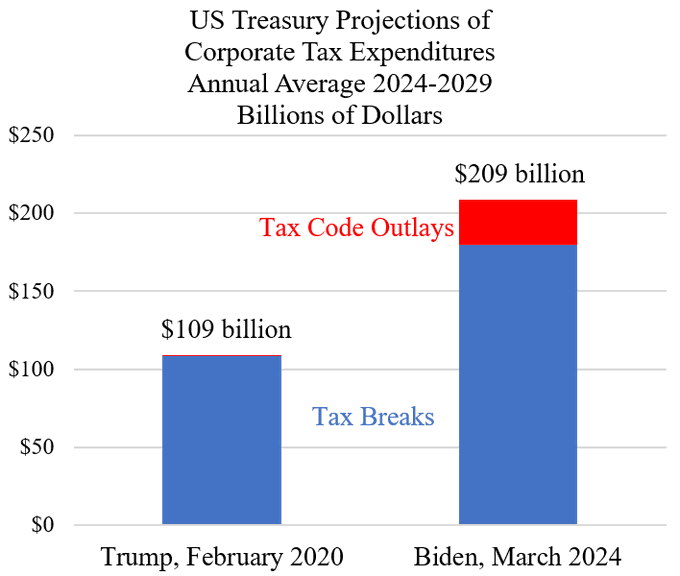
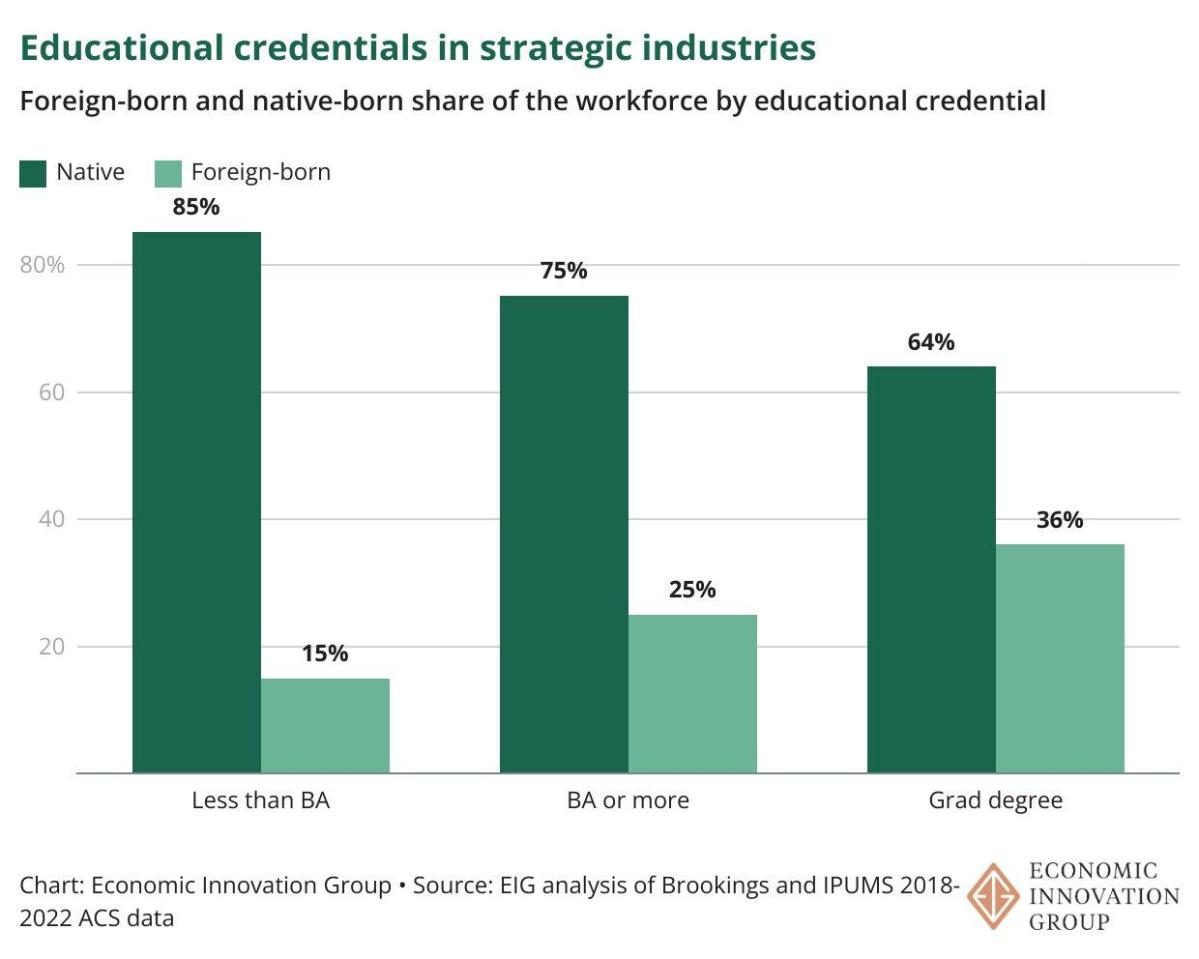
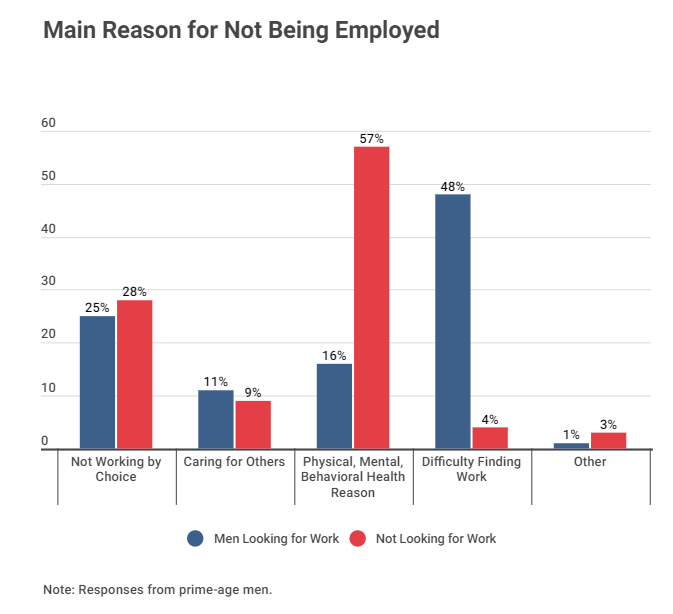
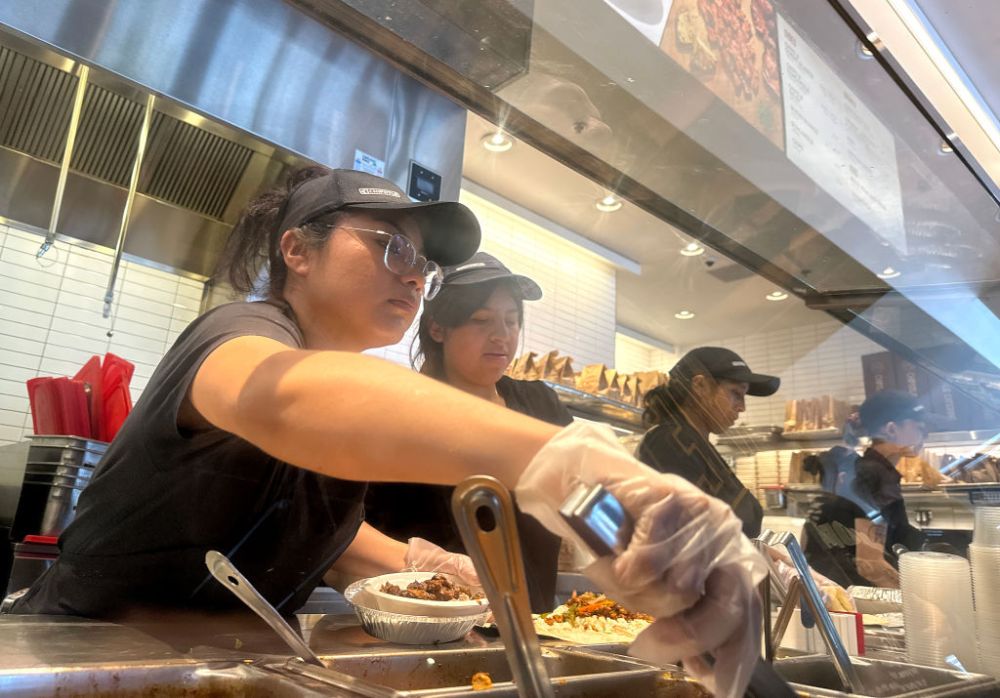





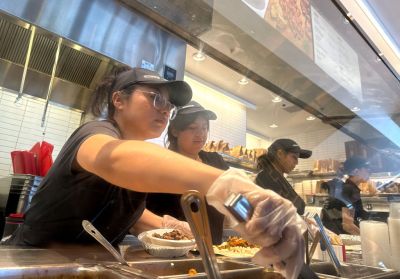
Please note that we at The Dispatch hold ourselves, our work, and our commenters to a higher standard than other places on the internet. We welcome comments that foster genuine debate or discussion—including comments critical of us or our work—but responses that include ad hominem attacks on fellow Dispatch members or are intended to stoke fear and anger may be moderated.
With your membership, you only have the ability to comment on The Morning Dispatch articles. Consider upgrading to join the conversation everywhere.